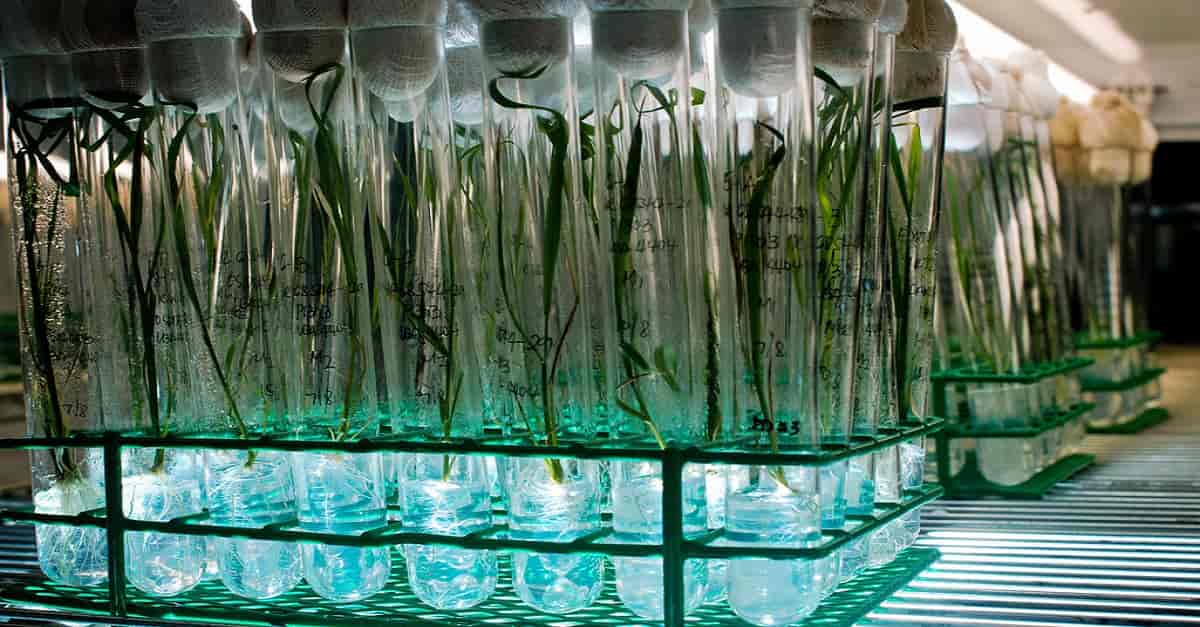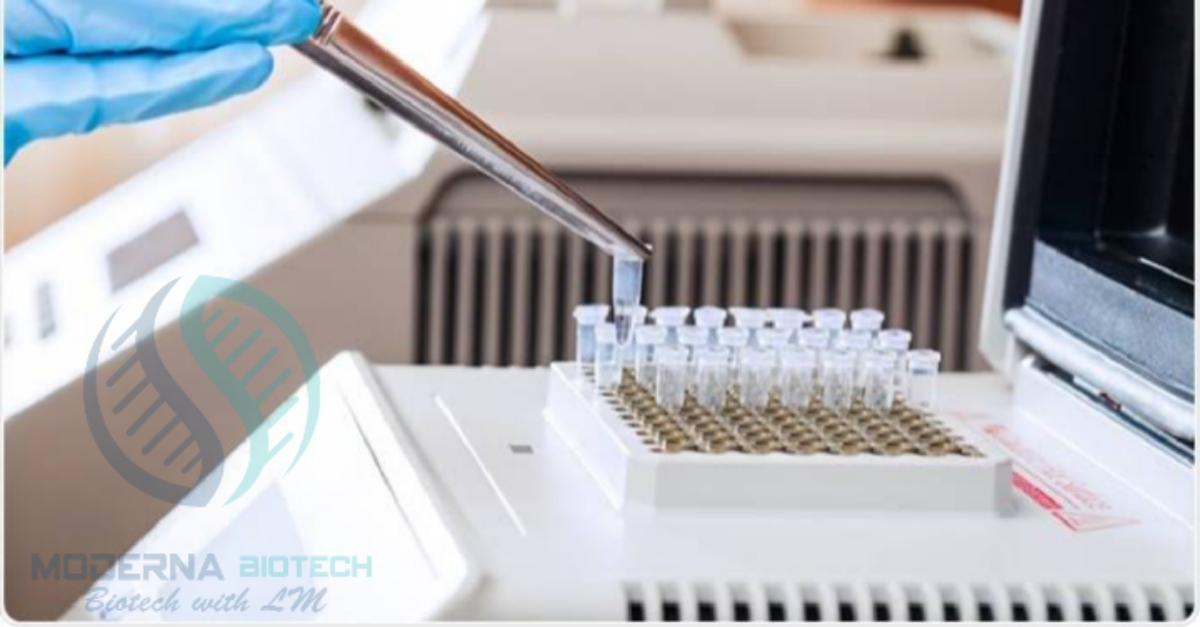Important Steps of Plant tissue culture – Latest 2024

Plant tissue culture is like gardening in a laboratory. It’s a way to grow new plants by taking tiny pieces of plants and helping them grow into full-sized ones. Imagine growing a whole garden from just a few leaves – that’s what plant tissue culture does.
Table of Contents
How Does It Work?
- Pick the Right Part: First, we choose a small piece of a plant – maybe a leaf, a stem, or even just a cell.
- Clean and Grow: We clean this tiny piece and put it in a special dish with all the things it needs to grow – like plant food and light.
- Magical Growth: This tiny piece starts growing into a new plant. It’s like a magical transformation.
- Replicate: We can do this with many tiny pieces at once, making lots of new plants.
Why Do We Use Plant Tissue Culture?
- Speed: It’s faster than growing plants from seeds.
- Same as Parent: The new plants are exactly like the parent plant.
- Saving Special Plants: We can save endangered or rare plants.
What Can You Do with Plant Tissue Culture?
- Grow Orchids: Many beautiful orchids are grown in labs using tissue culture.
- Save Forests: Scientists use it to save endangered trees and forests.
- Make Medicines: Some important medicines come from plants grown this way.
Plant tissue culture is an amazing way to make more plants and protect our environment. It’s like a superpower for plants and scientists!
What are the steps of Plant tissue culture?
There are certain imperative steps of plant tissue culture which include the initiation phase, multiplication phase, and root formation.
Stage 1: Initial Phase
The first phase of tissue culture referred to as the initial phase. Firstly, The desired tissues are selected first and then introduced and sterilize respectively to avoid any negative microbial activity that could affect the process. In this stage, the culturing of the tissue is initiated.
STAGE 2: Multiplication Stage
It is the second stage of tissue culture. In the multiplication phase, Secondly, the Vitro plant is divided again and then it got introduced into the medium. Medium has all the necessary components that are required for the proper growth such as nutrients and different regulators. Due to these necessary nutrients and regulators, tissue proliferates and multiple shoots are produced.
Stage 3: Root Formation
Thirdly, After the multiplication shoot, the third phase started at this stage roots formation is completed. To complete the plantlets and initiation of roots formation hormones are required.

General Procedure for plant tissue culture
Medium Production
1. Firstly, The required mixture and distilled water are mixed in a specific proportion than a suitable amount of sugar mixture and sugar also added into it and this mixture stirred continuously. Secondly, To adjust the pH value NaOH and HCL also added to the mixture. Which contents are used in the culture depends upon the nature of the plant and type of the tissue that is to be cultured.
2. Thirdly, The mixture is stirred continuously ager is added now and heats up the mixture.
3. Fourthly, When the mixture is cooled down the warm material is then poured into a tube that is poly carbonated.
4. Finally, Tubes are closed with lids and placed in a pressure cooker, and sterilized for about twenty minutes.
Plant Preparation
1. Some plants used without cutting as a whole e.g. African violet leaves but others may cut into pieces.
2. Firstly, After cutting into pieces plant is washed for about 15 to 20 minutes with water and detergent.
3. After washing plant is put into a sterilized solution of Clorox. Shake and mix for about a minute stand this mixture until leaves sock.
4. Remove the Clorox from the container by using a lid and then save the plant part in that container.
Transfer the matter into a tissue culture medium
1. For the purpose of sterilization of container and equipment 70 percent alcohol solution is used.
2. Then half of the container is filled with sterile water and then close.
3. To wash the tissues close the container with a sterile lid and shake it well for about 2 to 3 minutes and then remove the bleach.
4. This process is repeated thrice.
5. Take the parts of the plant from the container by using sterilized gloves and put them on a petri dish.
6. Cut the plant material into tiny pieces with a sterilized blade of about 2 mm in size. The damaged part of the plant is not cut.
7. Using sterile forceps, place a section of the plant into the medium.
8. Replace the lid/cap and close tightly.
This process would result in the formation of a callus, which then gives shoots after some weeks. Once the shoots form, then this section of the plant may be placed in a suitable environment (well lit, warmth, etc) for further development.
Techniques for Plant in Vitro Culture:
1. Micropropagation
This technique is used for the purposes of developing high-quality clonal plants (a clone is a group of identical cells). This has the potential to offer quick and large-scale new genotype propagation.
2. Somatic cell genetics
Used for haploid production and somatic hybridization
3. Transgenic plants
Used for the expression of mammalian genes or plant genes for various species it has proved beneficial for the engineering of species that are resistant to viruses and insects.
See also Interesting facts about stem cells
Subscribe to the channel to explore more about Biological Sciences




One thing I’ve noticed is the fact there are plenty of beliefs regarding the banking institutions intentions while talking about foreclosures. One delusion in particular is the bank needs to have your house. The financial institution wants your cash, not the home. They want the funds they loaned you with interest. Steering clear of the bank will simply draw any foreclosed conclusion. Thanks for your write-up.